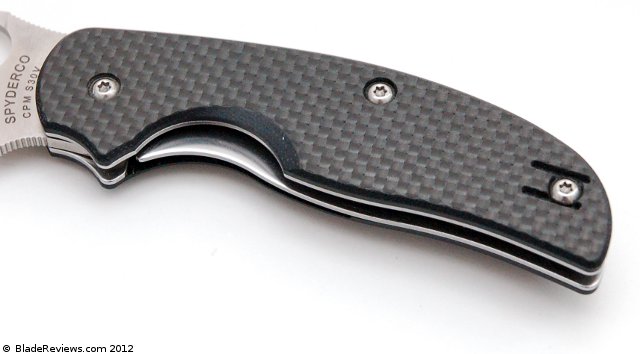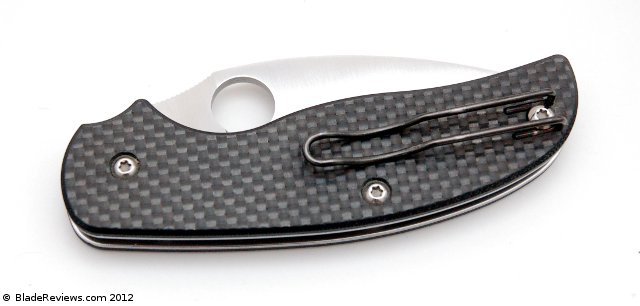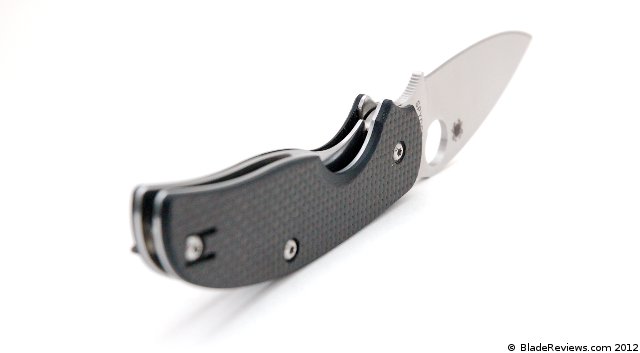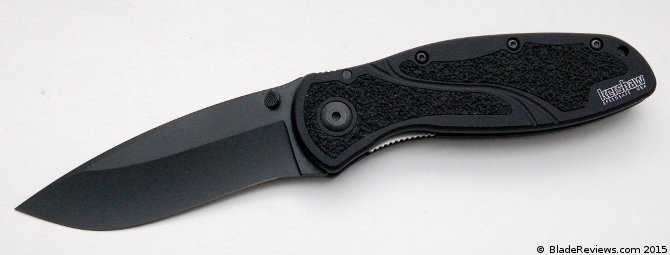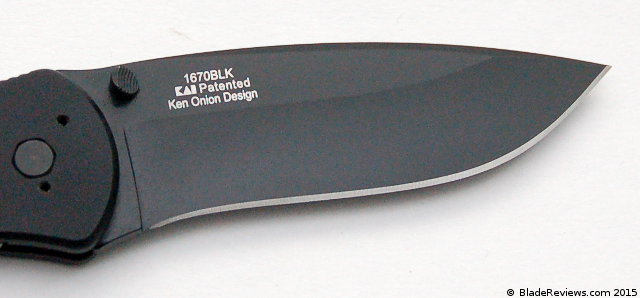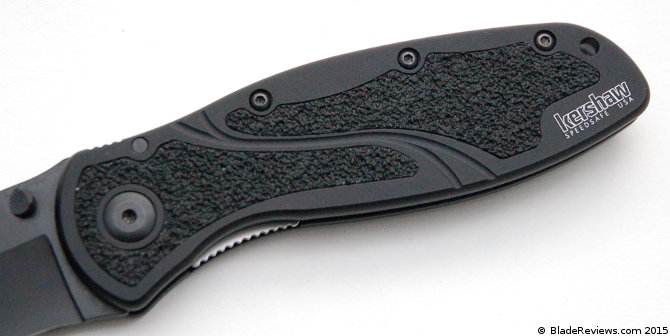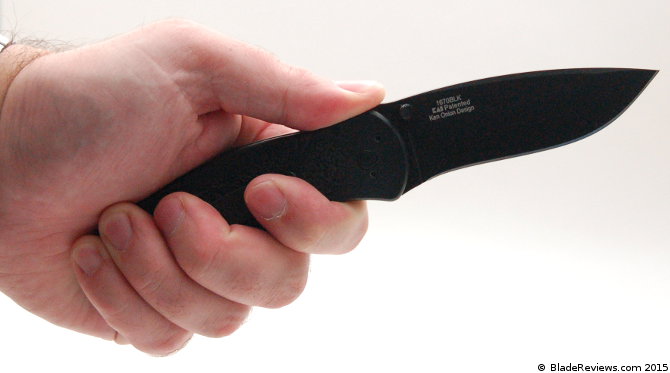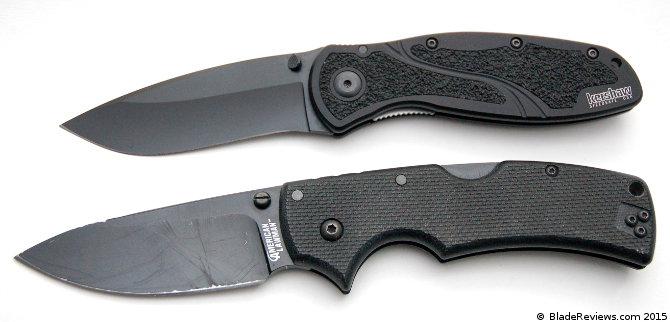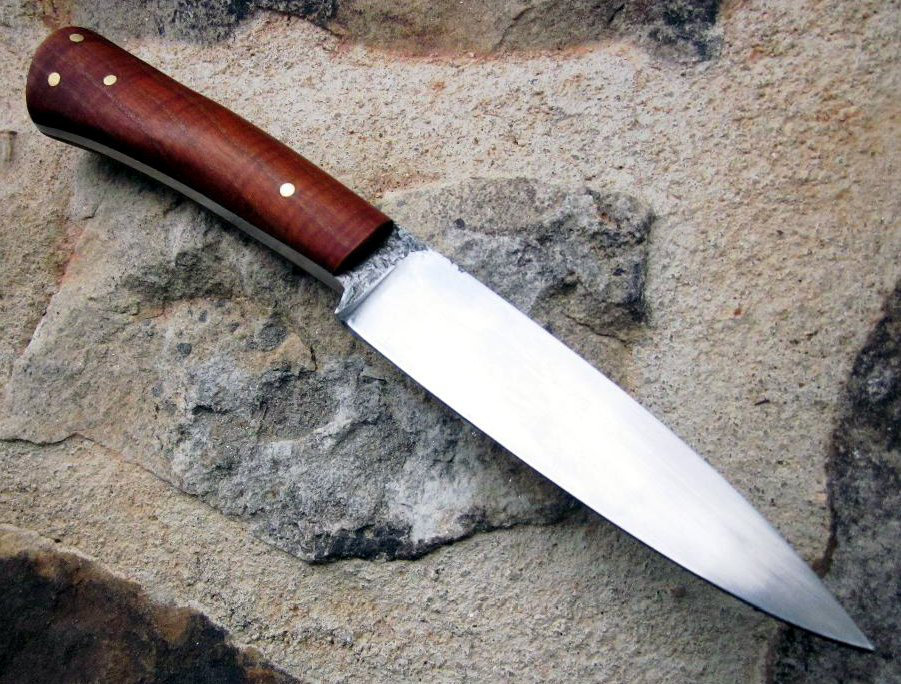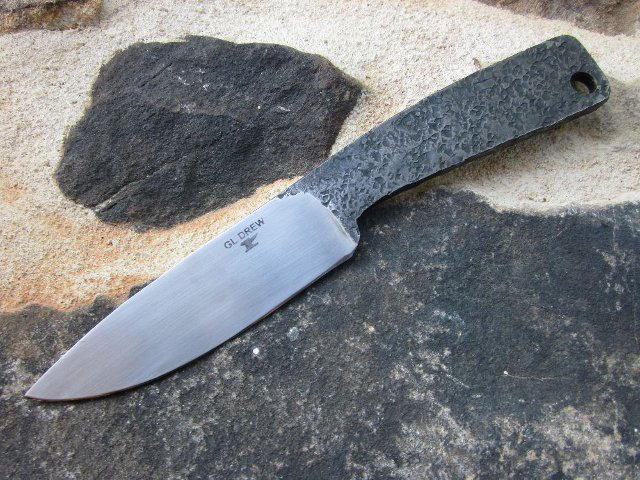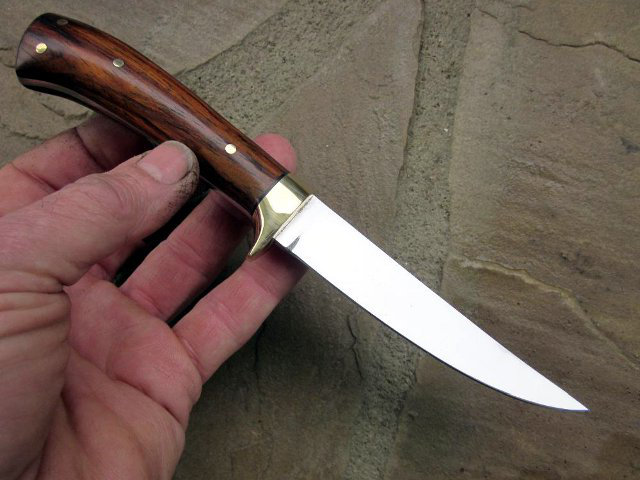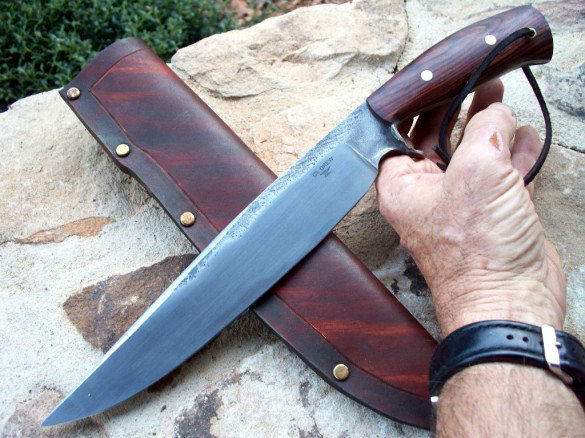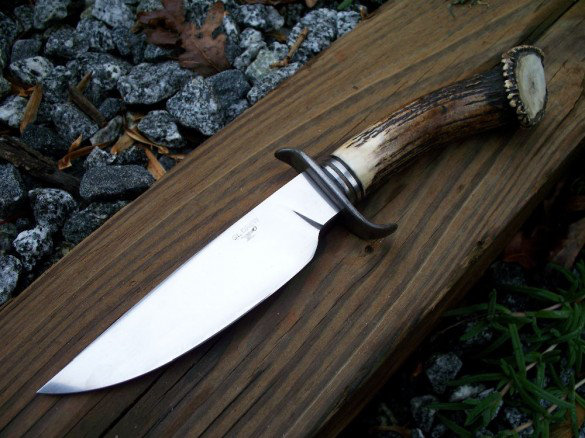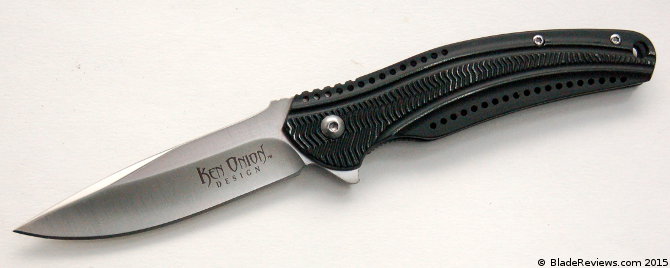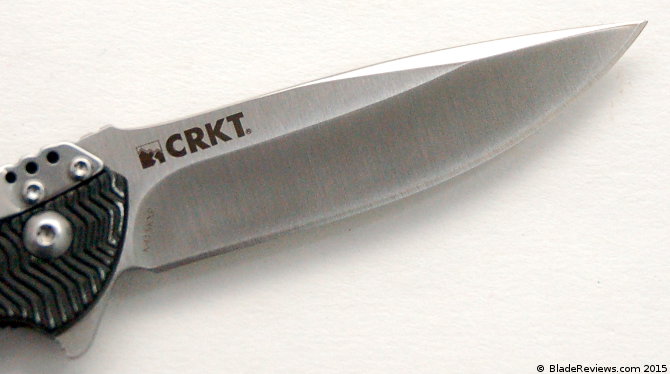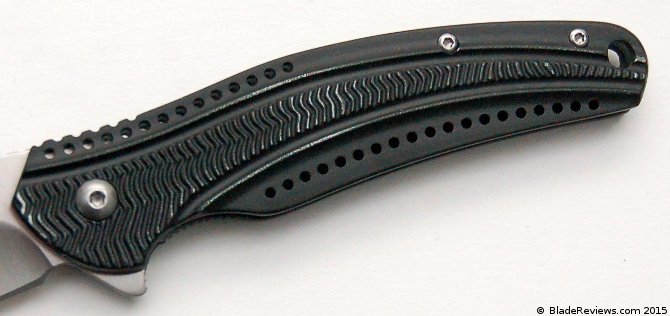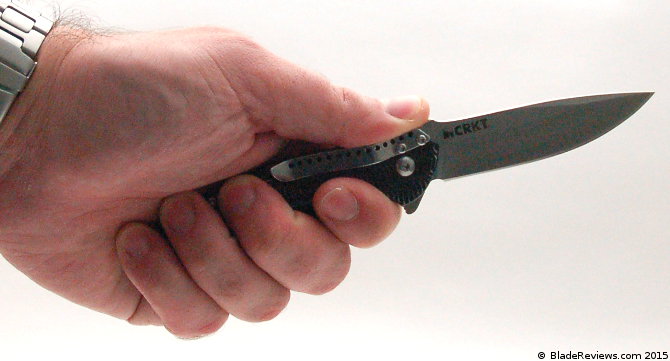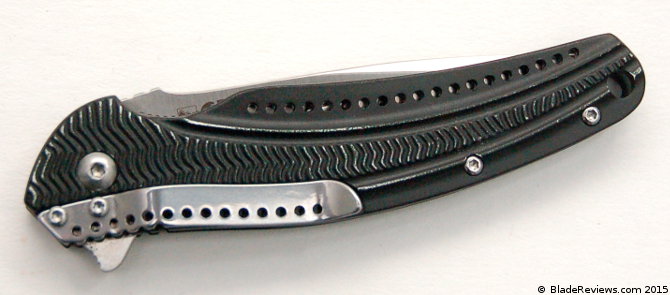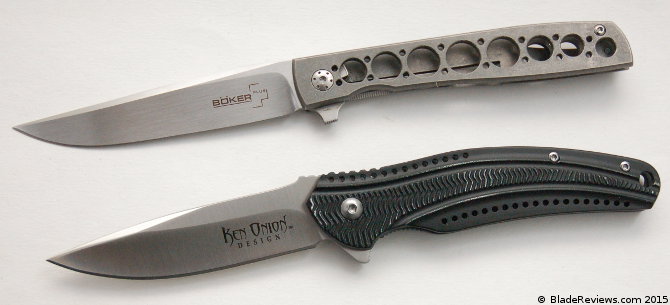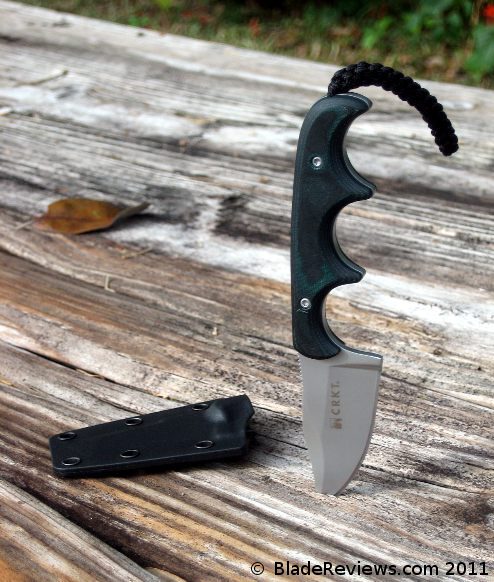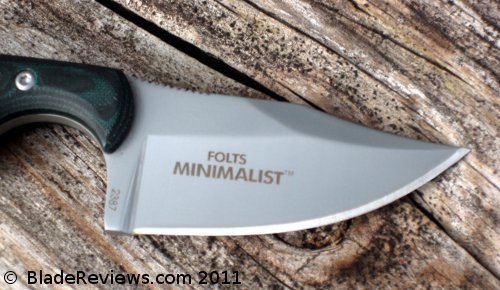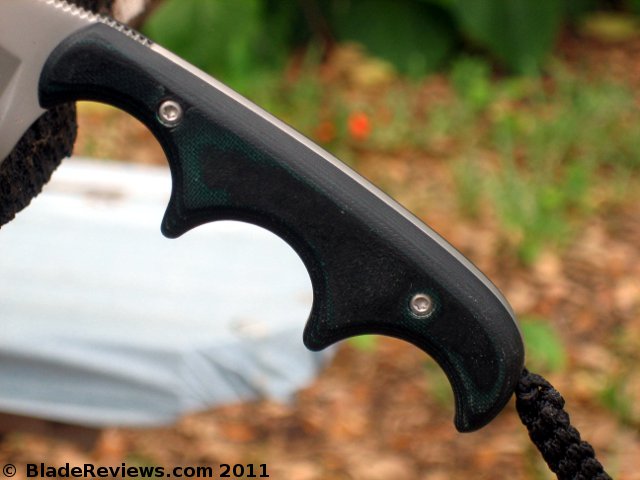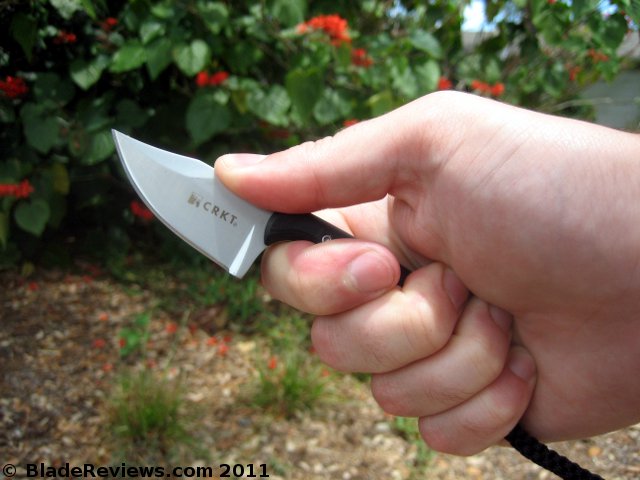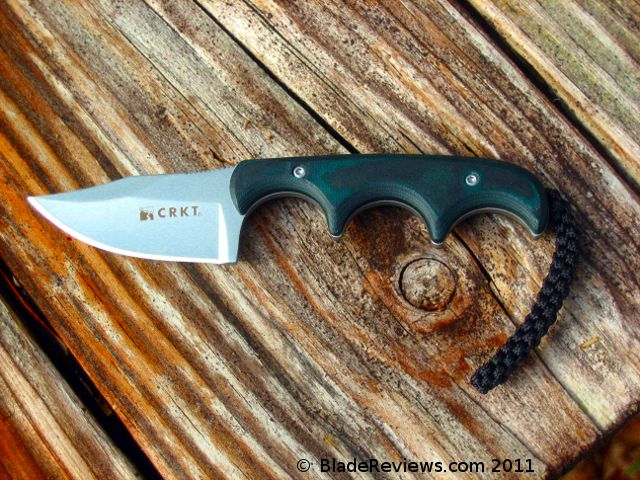Mr. Randy Church of Church and Son Knives is a man from a forgotten time. Operating out of the Rosebud Forge, Randy is a maker of old world tools. Not only are these old world tools, but he uses old world methods – he makes these pieces entirely without electricity! This has resulted in some wicked looking stuff(if I do say so), from period pieces with historic details to post-apocalyptic inspired tools designed to hold off the end of the world. And as a 4th generation blacksmith Randy’s family history is just as rich and interesting as his work. I am so happy to have discovered Church and Son knives, and I hope everyone enjoys the interview.
Hi Randy, welcome to the site. I am very excited to have you here as you make some very cool stuff! To start off, please tell us a little bit about yourself.
Hey Dan, first off I appreciate your interest on my old rusty/crustys. I’m 51, married to the same lovely bride for 21 years and have two boys, one 26 and the other 16, both in Collage, please send money. We live in very rural area south of Greensboro NC. I build Trade Show Exhibits to pay the bills, come home and beat on hot iron for fun.

Where did your fascination with old world knives and tools come from?
My Grandparents. She was Apache Indian married 71 years to an Appalachian mountain man outside of Boone NC. I pretty much grew up on their place. He was a dairy farmer who made all his own farming tools, including a steam engine to run the sawmill. She taught school and told fascinating story’s about her early life on a reservation. They started a appreciation of historical techniques that are no longer being taught. Namely, if you need it and nature doesn’t provide it, then make it.
Too cool. Your site says that you are a 4th generation blacksmith, please tell us about that.
My Great Grandfather was a ferrier/ blacksmith in Linville NC, who taught all 12 of his boys. My Grandfather made all of his 10 boys spend time at the anvil. My Father, a Minister, taught blacksmithing in the Army after WW2, and until his death enjoyed tinkering with old guns, mainly flintlocks, and made all the actions. The Church family has iron in the blood. That trickles down to me, and I’m determined to pass it along. Our boys may never beat on hot metal again but they do know how.
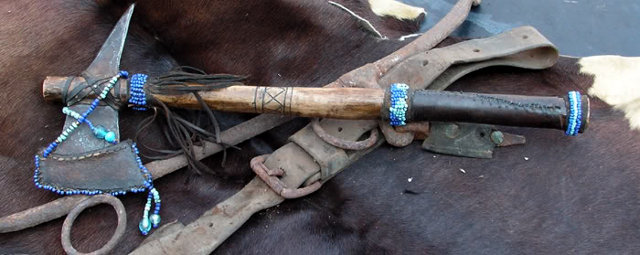
How old were you when you first started forging / making knives?
About 7-8 I was old enough to crank the blower and rake coal. I made gun racks and twisted every piece of metal in sight during my teens. I got very interested in knives about 10 years ago when I quit running the highways. I restored old houses for years all over the country. Working in New Mexico spurred my interest in the Plains Indians.
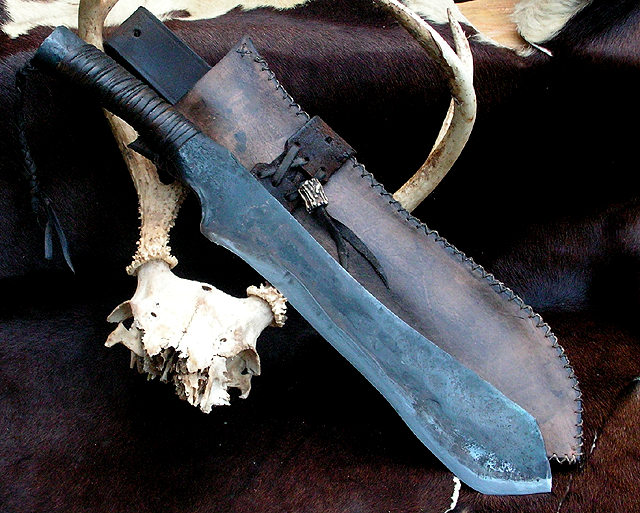
I know you are a family operation, so tell us a little about your son.
“VooDoo” is 16 and in the first year of collage. His interests are more tactical than mine (but maybe there’s hope). He plays MilSim Airsoft and makes airsoft legal tomahawks based on real steel versions. Although he will fire up the charcoal forge and twist some hooks, I have a suspicion that if I wasn’t watching he would run power to the Redbud Forge and buy a grinder (some day I might help).
He plays blues guitar and apparently learned that girls smell good.
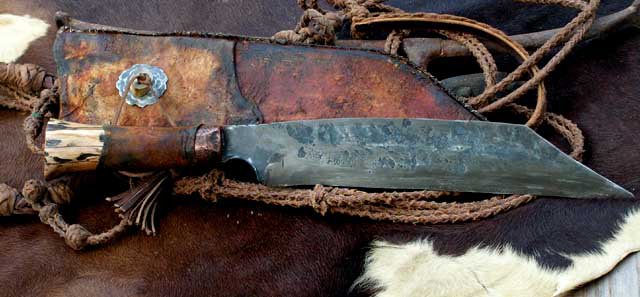
Do you have a particular design “philosophy” when you set out to make a knife?
Not really, I wish I did. Some of the great Bladesmiths draw sketches and adhere to a plan. I don’t have that much discipline. The most I do is look at a particular piece of iron and say, “might make a good chopper.” As Jimmy Buffett said, “I don’t have it, must not need it.” On the period pieces I do try to use the same techniques and materials that were available at the time. I am still very much a student of history.
How exactly do you make these pieces?
I make my own charcoal from downed trees on our place. Use a forge made from a washtub and a hand cranked blower, beat it to submission on a hundred year old broken anvil, hot cut and hot filed. Then quenched in salt water and tempered on the forge. I don’t add hammer marks, I leave them.

Right on! Where do you even find the materials to make this stuff?
I use what America doesn’t want anymore. MYSTERY STEEL. Lets start the arguments. I have never bought a new piece of steel. I pretty much know what I’m using . Mostly farm steel and old leaf springs. I’m still in good verses with the historical societies, so I get a call when old farms are getting cleaned out to make way for new plastic houses. Leather is traded for or purchased at flea markets or yard sales. Old leather nail aprons are my favorite find for sheaths, I even made one sheath for an Apocalypse chopper from one boot. TRADE – it is alive and well here. I trade to hunters for rawhides, and if you see some guys outside of a leaf spring shop throwing a tomahawk at lunch time, I’ve been there.
My new statement is “Re-made in America.” Re-use, it’s a way of life here.
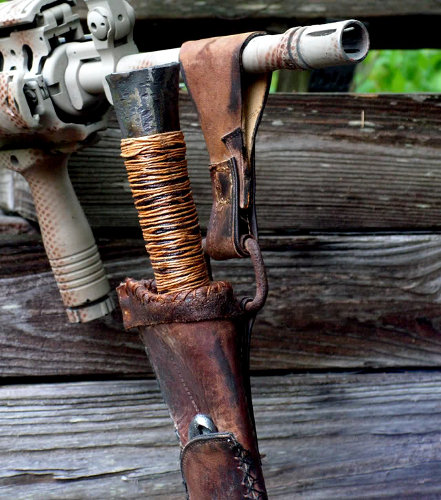
That is definitely a lesson more people could stand to learn. What’s on the horizon for Church & Son?
Finishing this sentence, that’s about as far as I think ahead… and getting VooDoo to do something.
I started the Apocalypse chopper series because the recent movies such as The Book of Eli scared the **** out of me. That could happen, today. Am I ready? Could I look around for materials, build a forge and make tools/weapons to care for my family? I’ve been training for this my entire life and didn’t know it. I muzzle-load, make my own powder and shot and live way back in the woods.
I love doing the period pieces, beading is one of my favorite winter pastimes. Chuck Burrows is an inspiration for me. But I haven’t found the right customers yet so I have a drawer full of them.
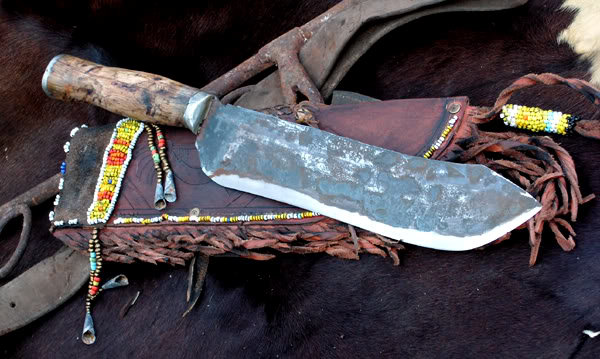
Well hopefully we can help spread the word today, I think you are turning out some awesome stuff. Last question, what knife do you carry with you every day?
A 35 yr. old “Old Timer” my dad gave me at 16. It is sharpened down to toothpicks. That, and a pocket Kiridashi made from a file. A couple of skinners and a tomahawk in my bag in case I run across a good trade.
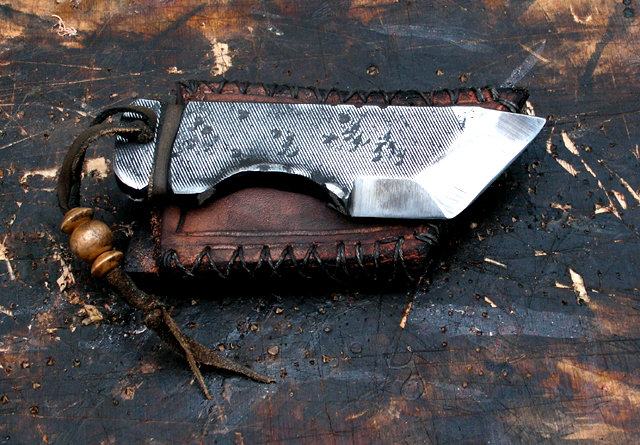
Randy, thanks so much for doing the interview – is there anything else you would like to add?
Buy from Americans boys and girls, the tribe you save may be your own.
Dan, I appreciate the interest and wish you the best.
You are welcome back any time, Randy. Thanks again!
To see more of Randy’s work and learn more about Church & Son Knives and the Rosebud Forge, visit the Church & Son’s Website website.


